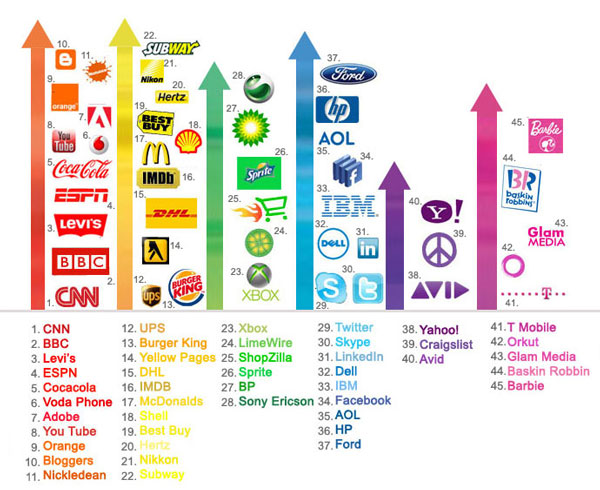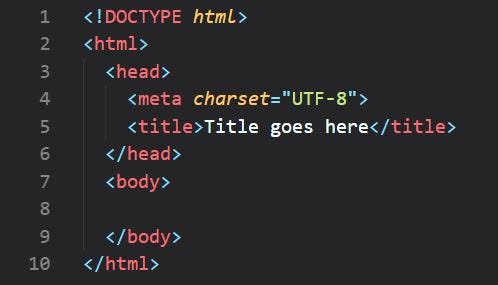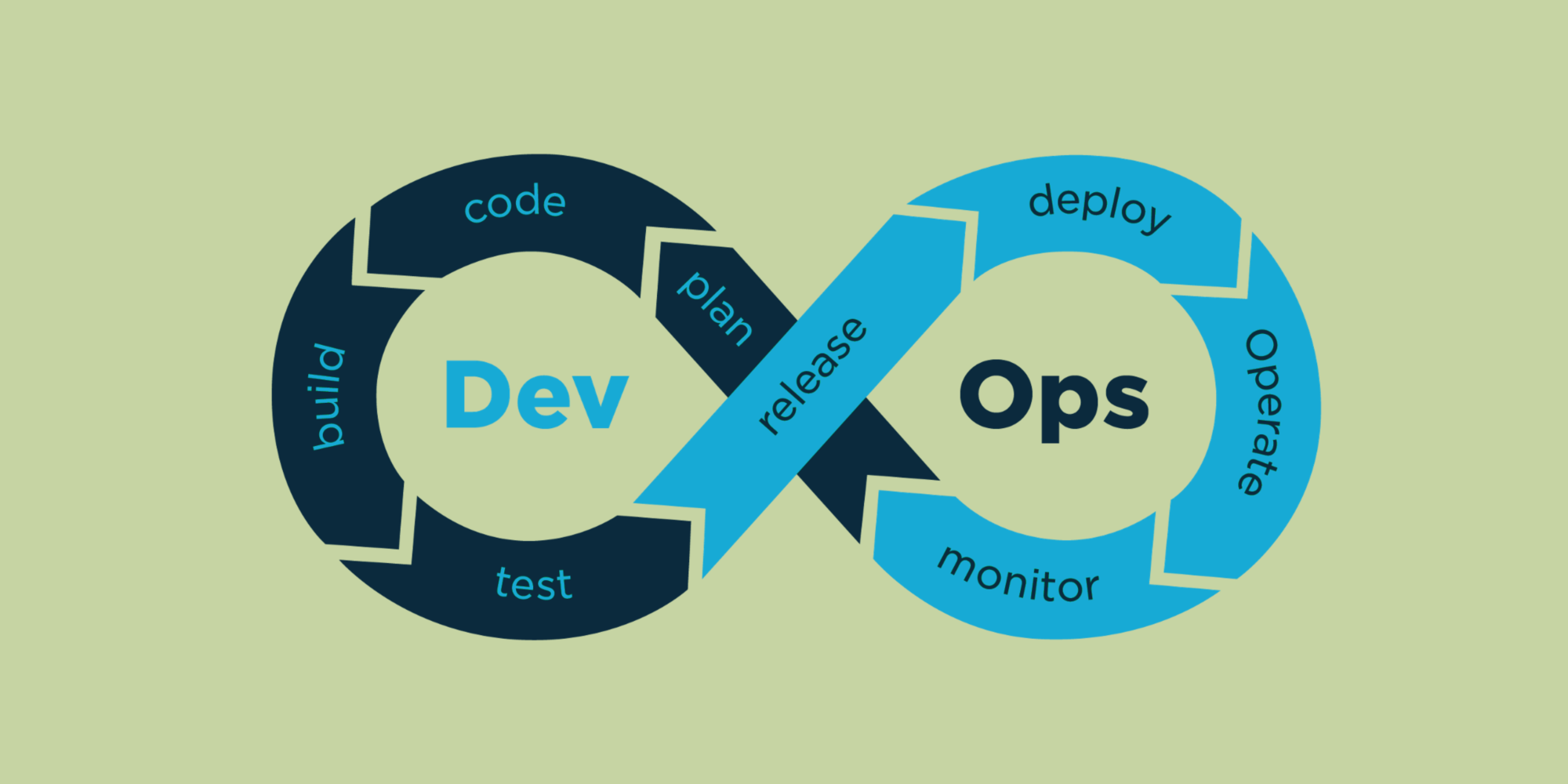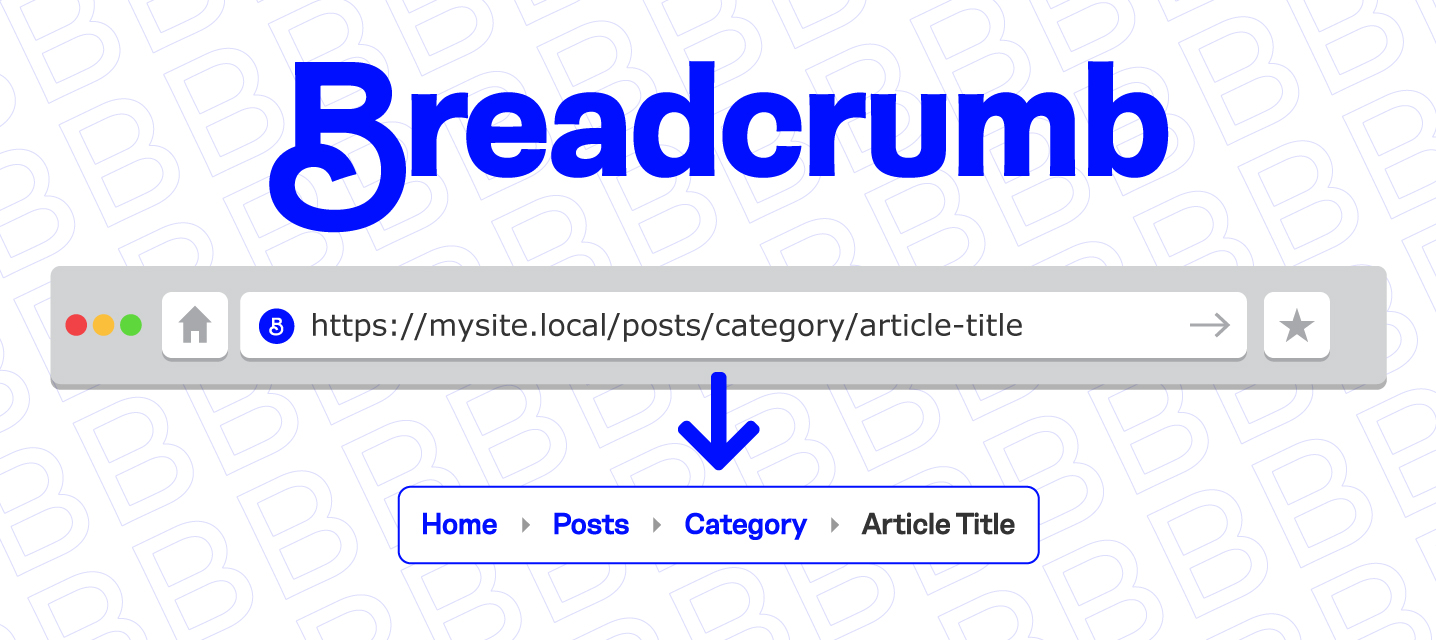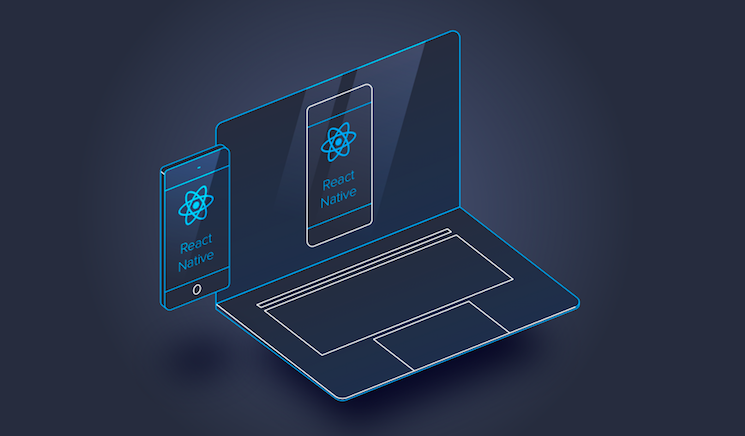Ruby: a convenient and simple programming language

Ruby is a dynamic, interpreted programming language created in 1995 by Japanese developer Yukihiro Matsumoto, also known as Matz. His main goal was to make programming as enjoyable and productive as possible. Ruby is known for its simplicity, readability, and expressive syntax, making it an ideal choice for beginner programmers and for quickly building web applications.
Let's explore the key features of Ruby, its pros and cons, and how it is used in modern development.
Key Features of Ruby
Simplicity and Readability
Ruby is known for its concise and expressive syntax, which is close to natural language. This makes it easy to read and understand, even for people with no programming experience. Ruby follows the "principle of programmer happiness," minimizing the amount of code needed and simplifying complex operations.Object-Oriented Programming (OOP)
Ruby is a purely object-oriented language. Everything in Ruby is an object, including numbers and even operators. This allows developers to leverage powerful OOP concepts like inheritance, encapsulation, and polymorphism to create flexible and scalable code.Interpreted and Dynamic Language
Ruby is interpreted rather than compiled, allowing for faster writing and testing of code. The language also supports dynamic typing, which simplifies development and reduces time spent on type declarations.Convention Over Configuration
Ruby, especially when combined with the Ruby on Rails framework, follows the "convention over configuration" principle. This means that developers can focus on application logic instead of environment setup, as many default decisions have already been made for them.Large Community and Rich Ecosystem
Ruby has an active developer community that constantly contributes to the improvement of the language and its ecosystem. There are many libraries (gems) available that help solve virtually any problem, whether it's web application development, task automation, or database management.
Advantages of Ruby
Rapid Prototyping
Ruby is ideal for quickly creating prototypes and MVPs (minimum viable products). Thanks to its syntax and the Ruby on Rails framework, developers can quickly deploy and test their ideas.Popularity in Web Development
Ruby on Rails, a popular web framework based on Ruby, is widely used for building web applications. Rails offers many built-in features that simplify development, such as routing, database management, and creating RESTful APIs.High Productivity and Joy of Programming
Ruby is designed to make programming as convenient and enjoyable as possible. Developers often note that writing in Ruby is a pleasure. The simplicity and intuitiveness of the language allow them to focus on logic rather than syntax details.Emphasis on Clean Code
Ruby promotes writing code that is easy to read and maintain. Clean code facilitates better maintenance and modification in the future, which is especially important for large teams and long-term projects.Cross-Platform Compatibility
Ruby runs on all popular operating systems, including Windows, macOS, and Linux, allowing it to be used for development on any platform.
Disadvantages of Ruby
Decreasing Popularity
In recent years, Ruby's popularity has declined compared to other languages like JavaScript or Python. This may mean fewer job opportunities and community support in some regions.Lower Performance
As an interpreted language, Ruby is slower than compiled languages like C++ or Java. This can be an issue for applications that require high performance.Limited Use in Mobile Development
Ruby is not a primary language for mobile app development. If your goal is to develop for Android or iOS, you might consider Java, Kotlin, or Swift instead.Smaller Community Compared to Other Languages
While the Ruby community is active, it is smaller than those for JavaScript or Python. This can mean fewer resources and tools, as well as a smaller number of supported libraries.
Where Is Ruby Used?
Web Development
Ruby, primarily due to Ruby on Rails, is widely used for developing web applications. Many well-known companies and startups, such as Airbnb, Shopify, GitHub, and Basecamp, use Ruby on Rails in their projects.Automation and Scripting
Ruby is also used for automating various tasks, writing scripts for DevOps, managing servers, and other processes.Prototyping
Ruby is a popular choice for quickly creating prototypes and MVPs thanks to its flexibility and simplicity.
Ruby is an excellent choice for those who want to quickly learn programming and start building web applications. It offers simple and intuitive syntax, focuses on programmer happiness, and has an active community ready to help newcomers. Despite some limitations, Ruby remains a powerful tool for web development and rapid prototyping, especially if you value clean and readable code.







